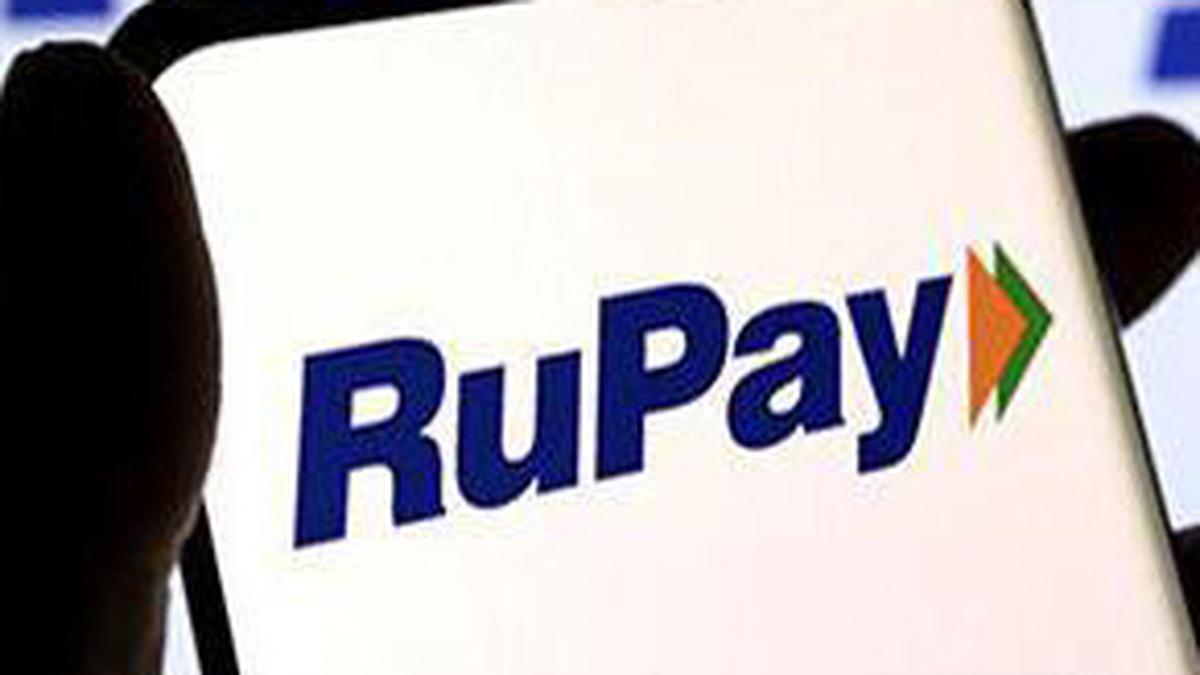RuPay credit cards see 10% market share surge via UPI integration: Kiwi report
Integration with the Unified Payments Interface (UPI) network has led to a surge in the adoption of RuPay credit cards, according to a report by fintech platform Kiwi which said that it has onboarded over 1 lakh virtual RuPay cards in less than 10 months.
“Rupay credit cards’ market share has grown from 3 per cent in FY23 to 10 per cent in FY24. This success can be largely attributed to UPI’s success,” said Kiwi Co-founder Mohit Bedi. The concept of virtual credit cards has also picked up exponentially with nearly 20 of every 100 credit cards issued being virtual, he said, adding that virtual card spends are growing 15 per cent on month.
Backed by NPCI and founded in November 2022, Kiwi offers ‘Credit Cards on UPI’ in partnership with banks. The company went live with its first banking partner, Axis Bank, in July 2023.
The company said it is seeing credit card on UPI transactions of over ₹100 crore on a monthly basis, of which 75 per cent are undertaken at small merchants, showcasing widespread acceptance and utilisation of credit card payments.
Currently, there are about 32 crore merchant acceptance touchpoints for UPI payments, far more than the 90 lakh PoS terminals available for credit card payments.
“This broad network, coupled with convenience, has driven the rapid growth of ‘credit cards on UPI’ over the past year,” the report said, adding the adoption was highest among young adults below 40 years, which accounted for 78 per cent of the users.
For several users, credit card-linked UPI payments have become the primary mode of payment, with average monthly user spends of over ₹22,000. The average number of transactions is 21 — four times higher than traditional physical credit card payments, whereas the average transaction size is ₹1,125, lower than the traditional average card ticket of around ₹4,000.
Grocery and Kirana stores led the adoption of ‘credit cards on UPI’, comprising 33 per cent of total usage, followed by apparel and electronics accounting for 15 per cent, and food and dining for 7 per cent. The remaining 45 per cent expenses are spread across e-commerce, travel, government services, fuel, pharmacies, etc. This signifies the growing reliance on digital payment solutions for not only discretionary expenses but also daily expenses.
